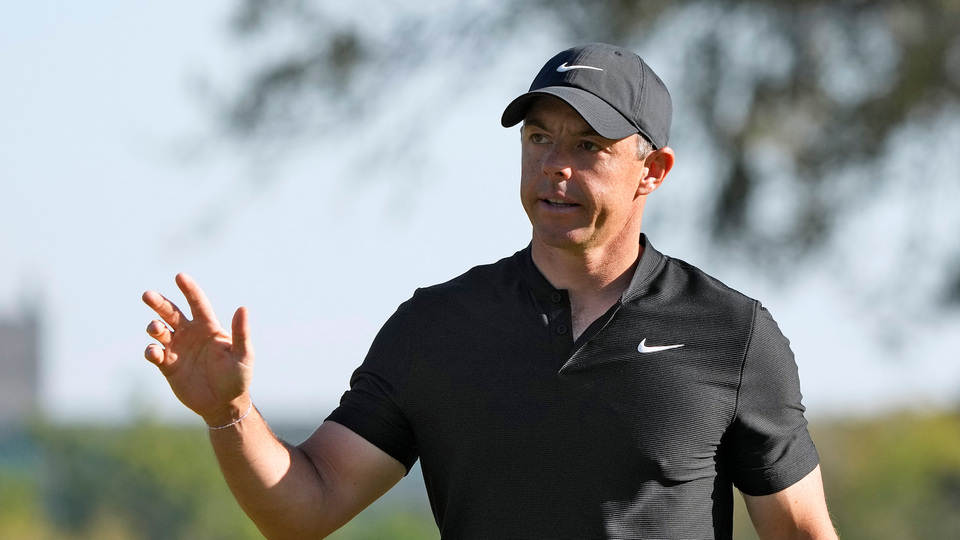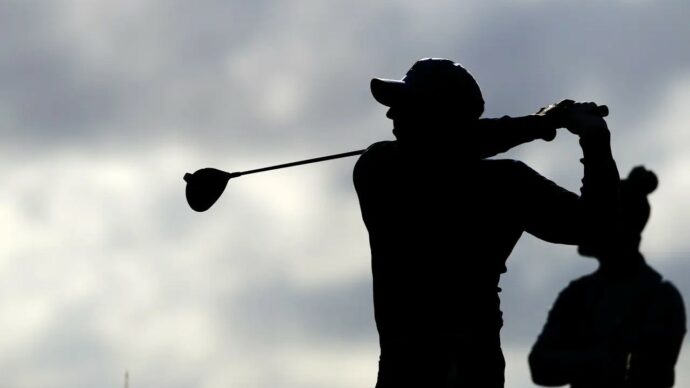Golf can be a competitive, challenging, often stressful, and incredibly enjoyable sport. Playing this sport out and around scenic beauty, surrounded by greenery, water, sand, and trees, fills us with tranquillity.

Whether you're playing with friends, family, colleagues, or even strangers, the shared experience of a round of golf fosters connections and provides an excellent platform for conversations and laughter! Golf also allows the player to enjoy a unique opportunity to escape from the daily grind and enjoy a few hours of peace, either by themselves or, often, in the company of others.
This mental game takes a lot of strategy to win or play to your best ability. One of the aspects that makes for a good game is your form and skill. This includes putting. Putting refers to striking the golf ball with a putter, a specific type of golf club, on, or extremely close to, the putting green. This primarily aims to roll the ball gently and accurately into the hole. Hence, it is often considered one of the most critical aspects of the game, as it can significantly impact a golfer's overall score.
Due to this skill's immense impact on golf, mastering your technique is extremely important. If you need to up your putting game, whether or not you are already skilled at it, you can always learn new techniques to help you with this!

Here is more information on how to get better at putting and improving your overall golf game.
The Setup
The first thing you must pay attention to when trying to improve your putting is perfecting your setup. You can work towards a successful putt by maintaining a good putting stance and setup.
One factor that will help you with this is the grip you choose. Your grip is the first point of contact between your body and the putter. Using a grip that feels comfortable and stable for you is crucial. Several common grip styles include the traditional, cross-handed, and claw grips. Experiment with different grips to find the one that allows you to maintain control and feel confident in your putting stroke.
Your stance plays a significant role in maintaining balance and consistency. Stand with your feet approximately shoulder-width apart, ensuring your weight is evenly distributed between both feet. This balanced stance helps you maintain stability during the putting stroke, which is essential for accuracy.
How you align your eyes plays a role as well! Your eyes should be directly over the golf ball. If your eyes are not aligned correctly, it can lead to poor alignment, resulting in missed putts.
Using a Used Putter
Utilizing the right putters can be quite the game changer. While acquiring the latest and greatest golf equipment can be tempting, used putters offer many benefits, especially for those looking to improve their putting without spending too much money on it.
One of the most significant advantages of using a used putter is its cost-effectiveness. New putters can be expensive, and their price tags vary widely depending on the brand, model, and features. On the other hand, used putters are typically more budget-friendly, making them accessible to golfers of all skill levels. In addition, you can read the reviews of these putters before buying them. While reviews exist for new putters as well, older ones have been sued, and therefore, their reviews may be more accurate.
Ensure that the used putter you are considering is in good condition. Check for any signs of damage, excessive wear, or bent shafts. It's best to choose a putter that has been well-maintained, as this will be optimal for putting.

Perception of Distance
Next up, let's discuss how your perception of distance when putting can make you more skilled at it. Accurate distance perception is crucial for both the length of your putts and your control over the speed of the ball.
You can work on this by first developing an idea of the golf ball's speed.
Look for visual references on the green, such as changes in grass colour, slope, or imperfections in the green surface. These can help you gauge the speed and distance more accurately. Try to also maintain consistency with your strokes.
A consistent putting stroke with a reliable tempo and rhythm is essential for accurate distance perception. When your putting stroke remains consistent, you can better predict how the ball will react to your swing, which helps you judge distance more effectively.
Mastering your strokes
Mastering your strokes can take time, but it will help you take your putting to another level of improvement! As we have already mentioned above, stroke consistency is important. You can work on this by practising a great deal. Repetition is key to building muscle memory. Spend time on the practice green, working on your putting stroke to ensure consistency from putt to putt.
Furthermore, avoid jerky or rushed strokes. A smooth and even-paced putting stroke helps maintain control and prevent deceleration or acceleration through impact. Take care to strike the ball consistently in the centre of the putter's face. As you make your strokes, maintain your focus on the ball throughout. This helps with accurate alignment and ensures that you strike the ball cleanly.
Focus on the small details of the green. Each putting green has unique features, like grass type, grain, and slopes. Take time to study the green, looking at grass direction and terrain shape. Knowing this can help you better control your putts' break and speed. By understanding the green's little differences, you can adjust your putting technique and sink putts more consistently.
Finally, keep a steady pace and rhythm in your stroke. Show a smooth backswing and follow through like a pendulum. Don't make sudden changes or pauses in your stroke, as it might cause inconsistency. Practising a rhythmic stroke on the practice green helps build this vital part of putting into your muscle memory. When you're good at controlling your stroke tempo, judging distance and putt force becomes easier.




